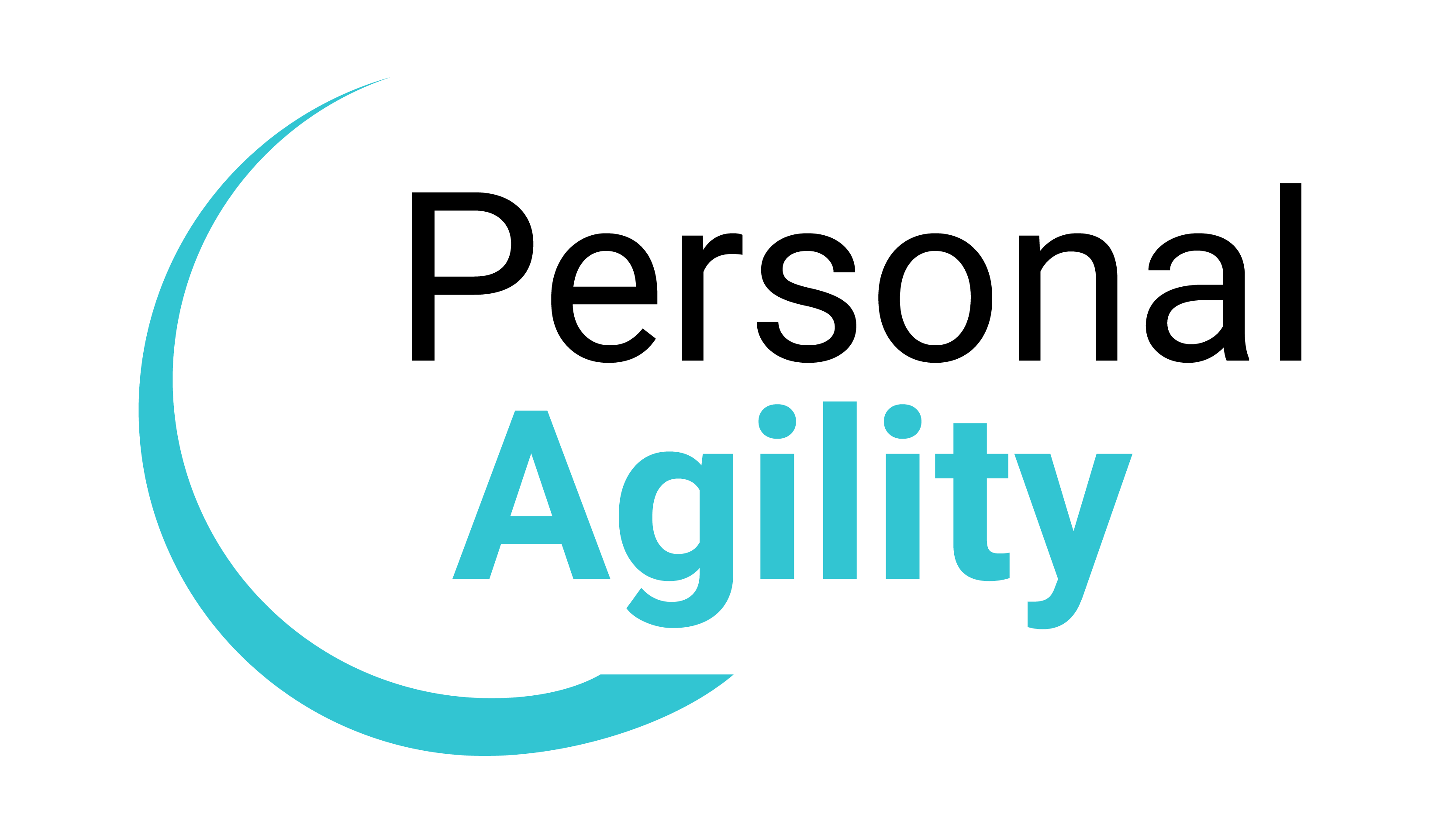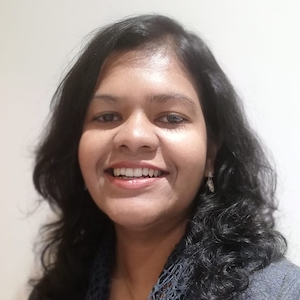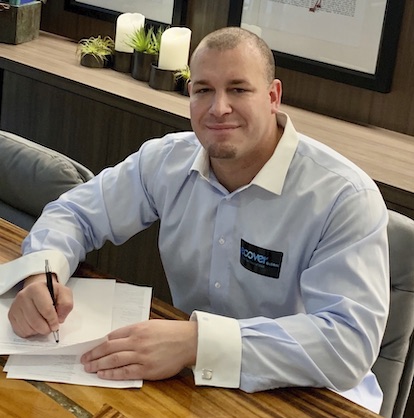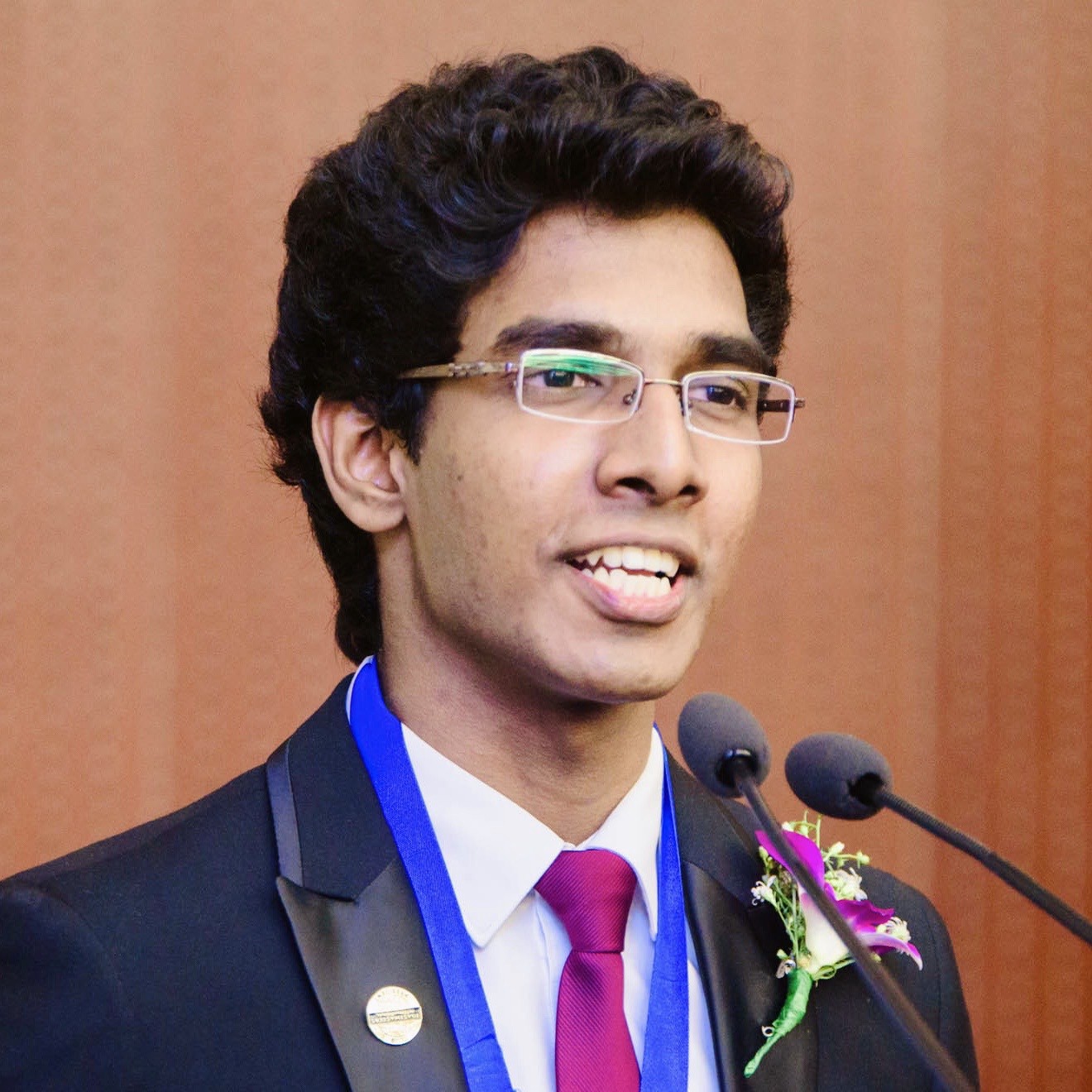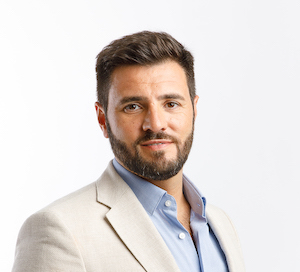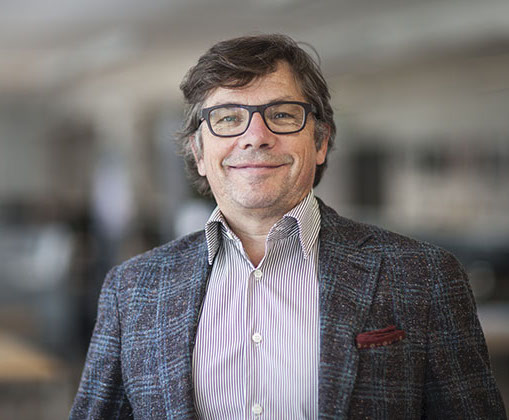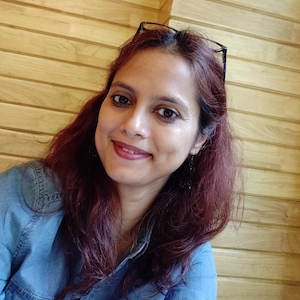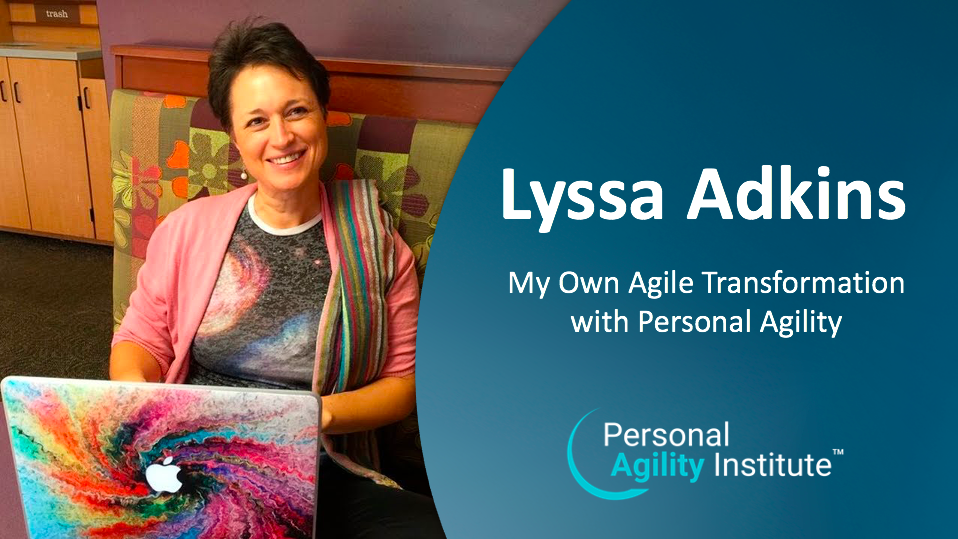 Lyssa Adkins is best known as the author of the foundational book Coaching Agile Teams, which connected the Scrum Master role and Professional Coaching to give definition to the profession Agile Coach.
Lyssa Adkins is best known as the author of the foundational book Coaching Agile Teams, which connected the Scrum Master role and Professional Coaching to give definition to the profession Agile Coach.
She co-founded the Agile Coaching Institute (ACI), which specialized in coaching agile coaches through their agile transformation. She led the development of the ACI until it was acquired by Accenture.
Challenge
Selling the company gave her a clean slate. “The key challenge I had around that time was how am I going to reorient myself and my business and even my public persona so that I can attract the business I wanted to attract, and so that I can do it in a way that didn’t sacrifice the sustainable pace I had very willingly and arduously crafted in my life?”
Desired Outcome
“I wanted clarity in how I spend my time, and to have more kindness to myself. I often didn’t count the things that were in the category of joy and play and family and community and alone time and recharging as valid or real. And I needed to.”
Result
“I definitely achieved that goal. One of my main categories under what really matters was called ample time. I wanted to have ample time to do everything I’m doing fully and well. I absolutely achieved that. Meanwhile, while the business piece was coming back up and getting reinvented, I found myself at the cusp of launching into new business ideas and new business ventures.”
“I had to constantly bring my attention to know relaxation is part of the job. Rejuvenation is part of the job; you’re actually doing tasks. You’re doing work by attending to your own foundation and the resilience that you will need in the future. This is what was going on in my head.”
“It took a long time to rewire the addiction to work, the addiction to achieving, and the addiction to saying yes to too many things (which meant I had to get them done). Getting past this addiction was a huge benefit. It took me a while to consistently direct my attention to what was really important.
That created a lot more happiness and joy in my own life, or maybe just helped me notice how much happiness and joy was already in my life.”
Tools
“Of all the tools of the Personal Agility System, what really stands out for me is the brilliant naming of the ‘Celebrate and Choose’ event.”
“I was on an addiction-to-work rollercoaster where I was moving from one thing to the next. And yes, I would have moments of recognizing my accomplishments or celebrating, but it was not a weekly ritual of celebrating what actually did happen.”
“Since I was tracking all this in my Priorities Map, I could clearly see what I accomplished.”
“I was like, ‘Oh my gosh — I can’t believe I got that much done,’ even though I didn’t feel like I had been pushing myself. This new way of being was both more effective and more relaxed at the same time.”
“Personal Agility reminded me strongly that I do not celebrate enough. I wasn’t noticing enough what I accomplished or the gains I had made. I wasn’t giving myself any breaks or even trying to give myself a break. I had to rewire myself around the ritual of celebrating.”
“The ‘Celebrate and Choose’ event helped me recognize what actually did happen. Good, bad, or indifferent, it represents learning and I know I can choose differently next time. That was huge.”
Path to Success
“I think that the biggest thing about Agility itself is transparency.”
“That’s really it in a nutshell. When I get it all out on the Priorities Map — and I’m working my Priorities Map every single day — I’m seeing what’s going on and I’m seeing what I am not getting done. This allows me to be a more conscious choice maker. When I say I want something, and then notice that I’m making different choices, it’s easier to correct my choices toward what I want.”
“I am so aware that Personal Agility will continue to benefit me because it helps me ensure I have the right things on the calendar. My Priorities Map helps me do things completely and not overbook myself or go crazy with too much work in progress.”
Tips for your Journey
“I love the stories that we have heard from people pulling themselves out of desperate financial situations, to people getting in and out of business partnerships, and just making a lot of very declarative and meaningful changes in their lives.”
“Working with the Personal Agility Institute, I have really loved being involved with the groups that Maria Matarelli and I have led through the process. What I’ve learned is that everyone does it a little bit differently. And I love that. So I think to replicate my success, you just use the tools and follow along the process, and you’re going to do it your own way.”
“You will have different things that matter to you, you will have a different way that you’re charting your course across the ocean of your life, you will have different things that get in your way. My particular ways of getting in my own way will not be your particular ways. But all of this can be revealed and worked with in a really kind way.”
